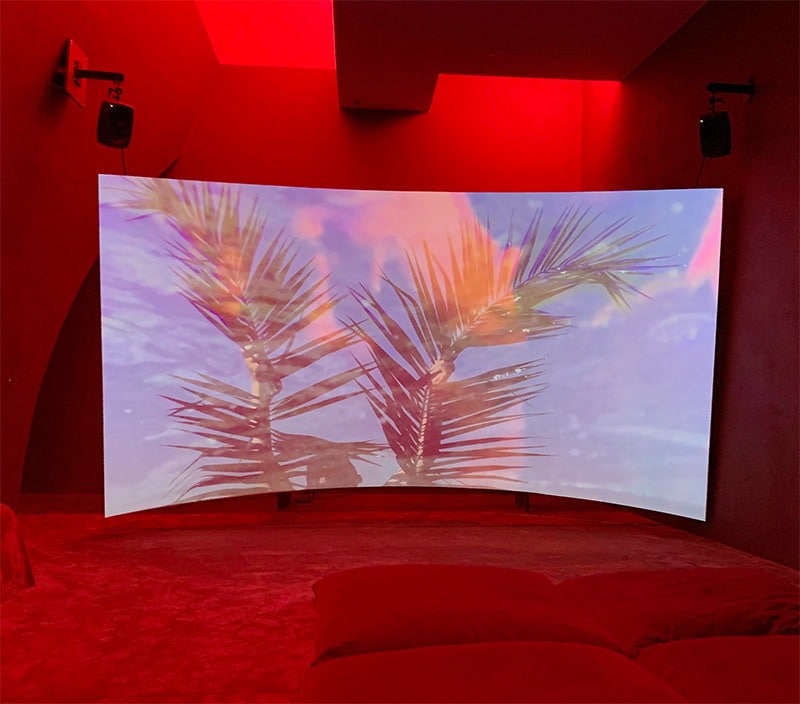The great wealth transfer from the baby boomer generation is making waves in the art market. The next generation of collectors has different interests and perspectives, which impact the types of art they choose to acquire. As aging collectors pass away, the demand for sought-after post-war artworks may dwindle.
Research suggests that Americans will inherit $73 trillion over the next 25 years, with a significant portion originating from the wealthiest 1.5% of households. The concentration of noteworthy sales often features well-known 20th-century artists such as Willem de Kooning, Picasso, Gerhard Richter, and René Magritte. However, concerns are emerging that the demand for these artists may decline as the baby boomer generation’s taste diminishes.
Younger collectors, inheriting wealth from their boomer predecessors, represent a growing demographic in the high-value art market. The evolving landscape of art collecting suggests a potential shift in their tastes. For example, the market for video art has experienced substantial growth, and the definition of art itself continues to expand.
There is also a growing sentiment that art by deceased white male artists feels increasingly irrelevant and unwanted. Auction houses are striving to emphasize diversity in their collections, but with the limited availability of works by 20th-century women and artists of color, bridging this gap becomes challenging.
Featured Image: Laure Prouvost, Four For See Beauties (2022)



